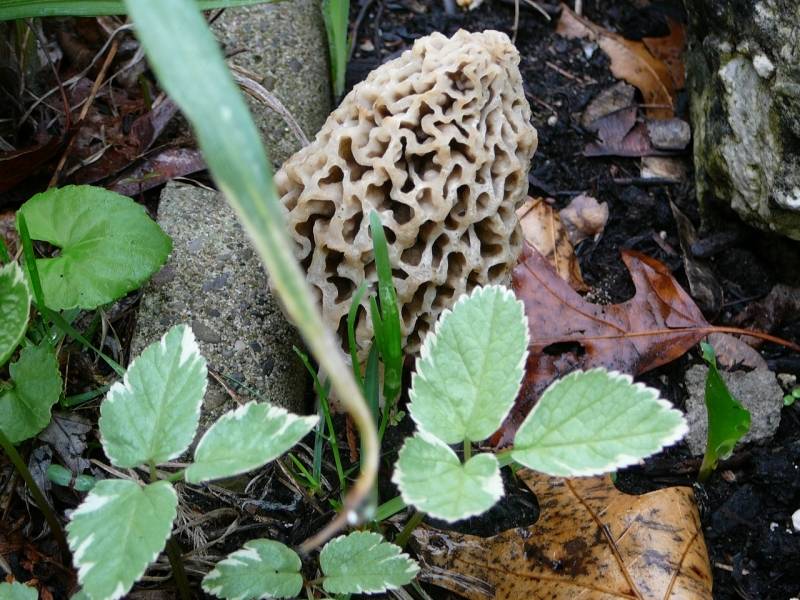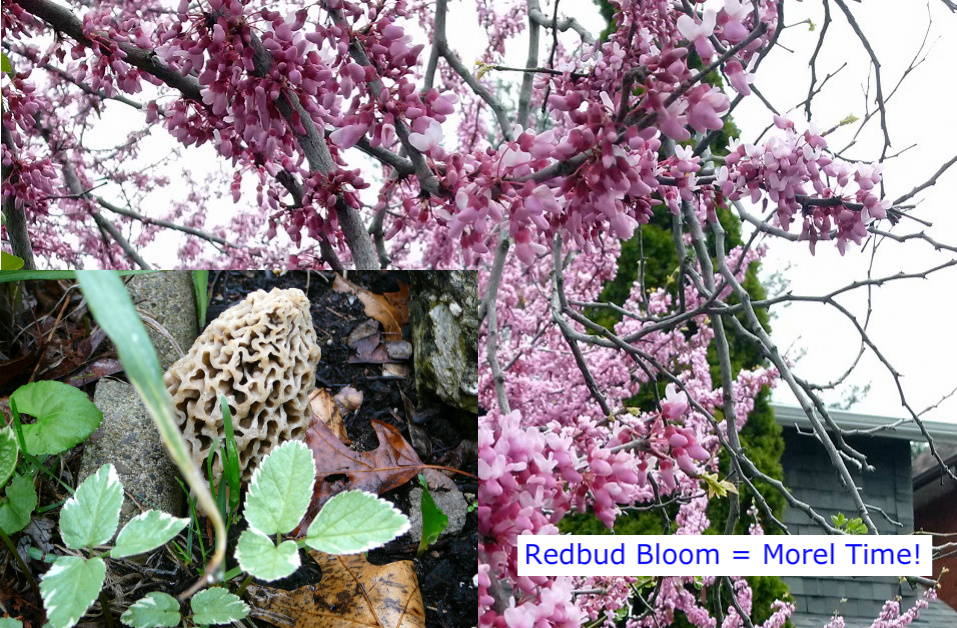Climate Change means the calendar may not be that useful for gardeners anymore
May 24th just passed, and here in Southern Ontario, the risk of frost is 'traditionally' behind us at last. But anybody who's ever made their living in the garden centre trade knows that the calendar isn't always the best predictor of events. The rules seem to have changed.
The biggest thing that I've noticed is that the seasons seem to have shifted forward at least 2 or 3 weeks:

- Winter (generally milder) seems to hold-on longer
- Spring seems very short (blink and you've missed it)
- Summer comes on fast and persists longer into the fall (the hottest, driest weather seems to come in September now instead of August)
- The fall planting/construction season carries on well into November - or even December
Phenology - Everything old is new again!
- Redbud in Full Bloom - it's almost time to plant tender plants (annuals, vegetable seedlings). And, the Morel Season Begins!
- Redbud blooms fall and the leaves begin to emerge - the risk of frost has passed, plant fearlessly.


